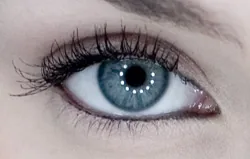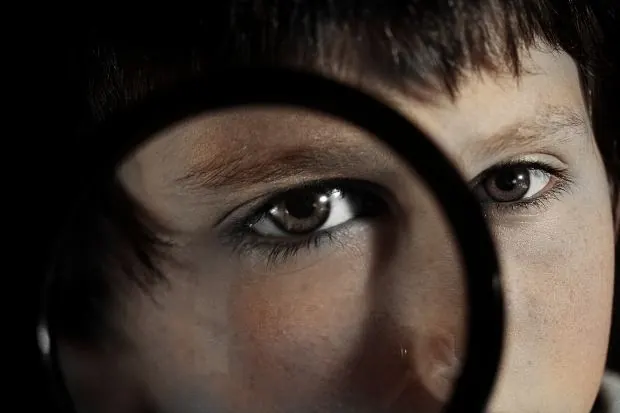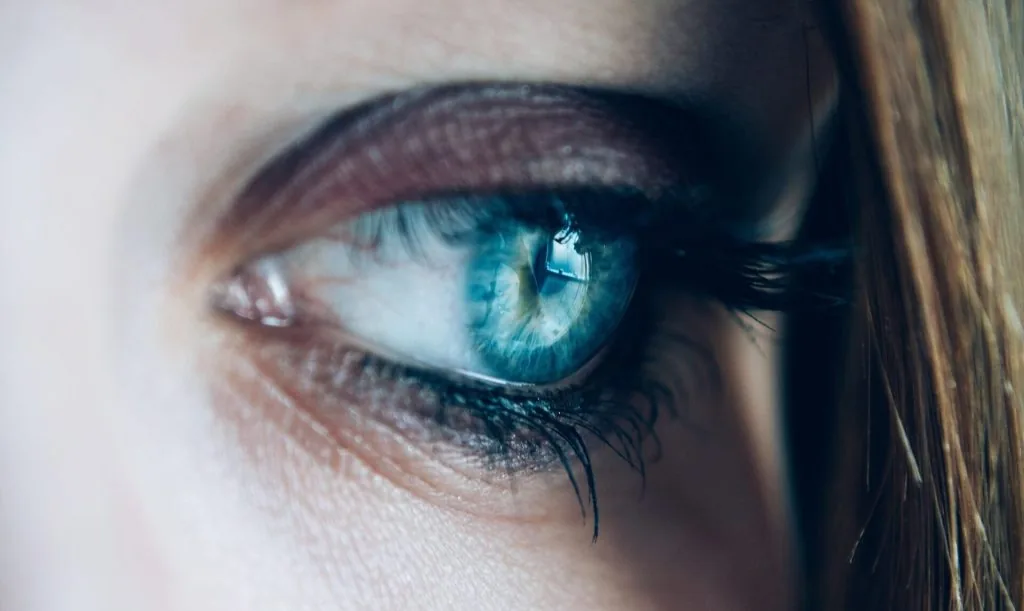
Lacrimal System Trauma to the Eye
Lacrimal System Trauma to the Eye Lacrimal System Trauma to the Eye I’m Ed Smith, a Sacramento Eye Injury Lawyer. Lacrimal system trauma to the…


Lacrimal System Trauma to the Eye Lacrimal System Trauma to the Eye I’m Ed Smith, a Sacramento Eye Injury Lawyer. Lacrimal system trauma to the…

Any time there is a penetrating wound to the cornea, the iris is often injured as it is directly beneath the cornea in the eye. …

Traumatic Endophthalmitis Traumatic Endophthalmitis I’m Ed Smith, a Sacramento Eye Injury Attorney. Despite recent advances in the treatment of endophthalmitis, infection from penetrating eye trauma…

Traumatic Optic Neuropathy and Visual System Injury Traumatic Optic Neuropathy and Visual System Injury I’m Ed Smith, a Sacramento Eye Injury Lawyer. Eye lesions aren’t…

Trauma to the Ocular Motor System I’m Ed Smith, a Sacramento Eye Injury Attorney. Virtually any form of eye trauma can follow a head injury. …

Eye Trauma While the eyes are relatively protected by the bones of the face and the placement of the nose, eye injuries can still happen…